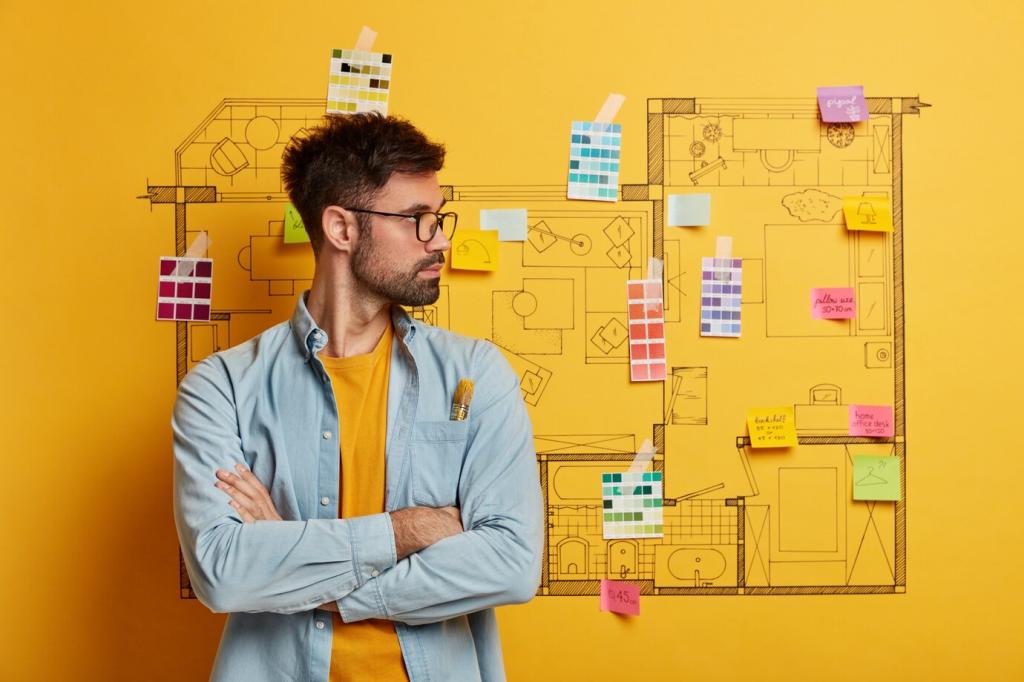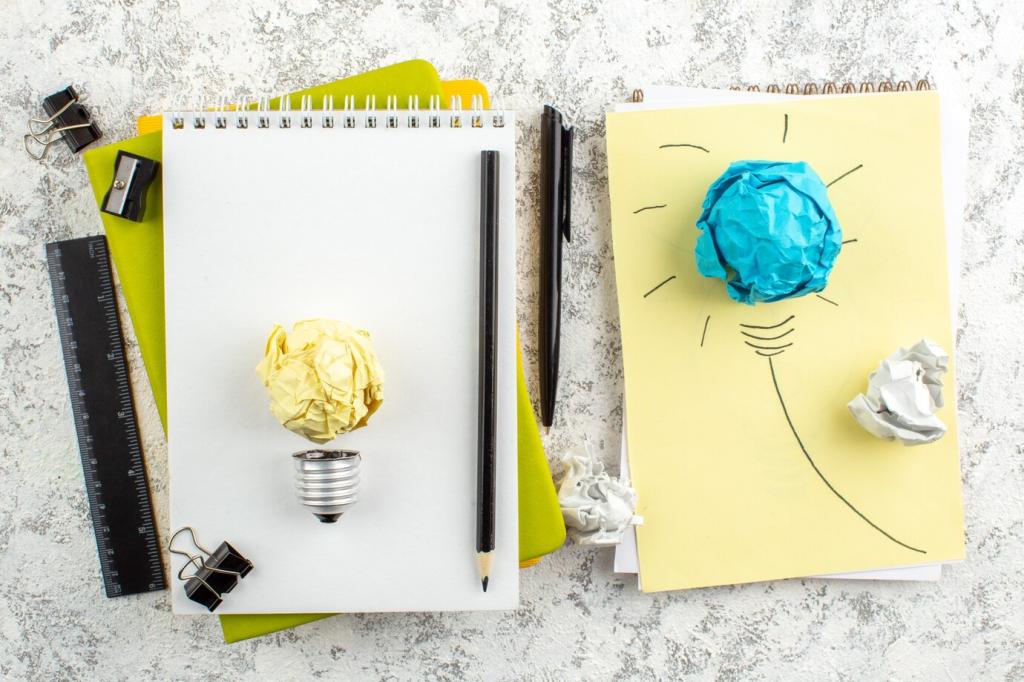
Basic Arduino Kits and How to Use Them
Chosen theme: Basic Arduino Kits and How to Use Them. Whether you just opened your first box or you’re dusting off a half-finished project, this friendly guide will help you power up, plug in, and build with confidence. Share what you’re making and subscribe for weekly beginner-friendly experiments, fixes, and sparks of inspiration.
What’s Inside a Basic Arduino Kit
Most basic kits include an Arduino Uno compatible board powered by the ATmega328P, with digital pins, analog inputs, and a USB interface. You’ll use it as the brain that reads sensors, drives LEDs, and runs your code. Tell us which board you got when you subscribe.
What’s Inside a Basic Arduino Kit
Expect LEDs, resistors, buttons, a potentiometer, a piezo buzzer, and maybe a temperature sensor like the DHT11 or TMP36. These pieces translate the physical world into numbers, then back into light, sound, or motion. Comment which component excites you most.
What’s Inside a Basic Arduino Kit
The breadboard is your tool for building without solder. Rows and columns connect internally, letting you prototype quickly with male-to-male jumper wires. Color-coding your jumpers now saves headaches later. Snap a photo of your first layout and share it with us.

First Power-Up and IDE Setup
Download the Arduino IDE or use Arduino Cloud. Select your board and port under Tools, then verify that examples compile. If anything fails, paste the error in a comment, and we’ll help troubleshoot together in future posts.
Breadboarding Without Tears

Map symbols to rows and rails. Keep the ground rail consistent and route signals with short, direct jumpers. Placing related parts close together reduces noise and confusion. Post your before-and-after photos to inspire others learning the same skill.
Your First Three Projects
Traffic Light with LEDs
Use three LEDs with 220 Ω resistors on separate digital pins. Cycle green, yellow, red with realistic delays, then add a pedestrian button to override logic. Post a short clip of your timing tweaks and ask the community for feedback on smoother transitions.
Temperature Monitor
Wire a TMP36 or DHT11, read values on analog or via a library, and print to the Serial Monitor. Compare room temperature at different times of day. If your readings drift, share your data and we’ll explore calibration and noise filtering together.
Button-Controlled Buzzer
Combine a momentary push button with INPUT_PULLUP and a piezo buzzer for simple melodies. Debounce in code or add a small capacitor. Ask readers for their favorite 8-bit tune, and subscribe to get our weekly song-of-the-week sketch downloads.
Serial Monitor: Your Debugging Superpower
Print with Purpose
Use Serial.begin(9600) and clear, labeled outputs to trace logic. Print only what’s needed, with timestamps or units, to avoid noise. Share a confusing bug you solved with Serial prints, and we’ll feature the cleverest techniques in a future roundup.
Plot Sensor Data
The Serial Plotter turns numbers into trends. Watch temperature drift, light changes, or potentiometer sweeps live. Seeing patterns reveals issues quickly. Post your most surprising plot, and let’s discuss how sampling rate affected your visibility and conclusions.
Simple Commands from Your Keyboard
Read characters over Serial to trigger modes: ‘l’ for LED, ‘t’ to print temperature, ‘b’ to beep. It’s a tiny control panel for experiments. Share your favorite letter shortcuts and why they stuck, then subscribe for a template you can reuse.

Growing Beyond the Kit

Pick Your Next Module
Try a motor driver, OLED display, or an ESP8266 for Wi‑Fi. Each unlocks new project ideas without steep complexity. Comment which module you’re eyeing, and we’ll queue a focused tutorial with wiring diagrams and tested example code.

Libraries and Examples
Use the Library Manager to install reliable code for sensors and displays, then study examples to learn patterns. Keep versions consistent. Share any library conflicts you hit, and we’ll help untangle them in a subscriber-only troubleshooting guide.

Community and Documentation
Bookmark the Arduino Reference, read datasheets, and explore forums and GitHub issues. Asking good questions accelerates learning. Introduce yourself in the comments, tell us your dream build, and subscribe so we can cheer you on with timely tips.
